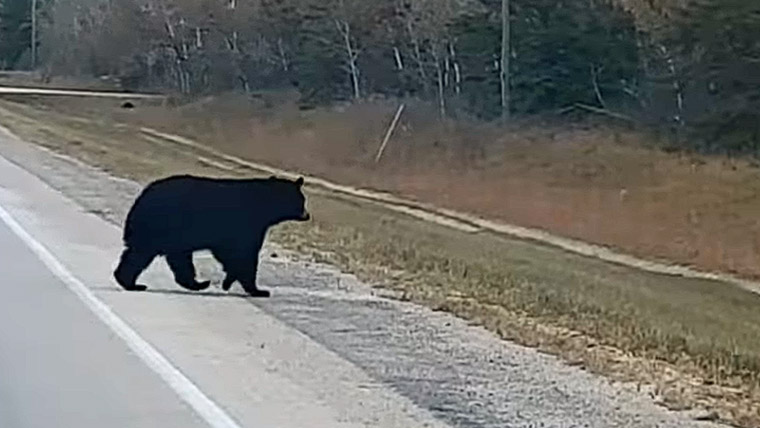Living in a province as varied in landscape and lush with green space as Manitoba means we need to be very aware of when wildlife is active. October and November are the months when Manitoba Public Insurance (MPI) sees the most claims reported for wildlife-vehicle collisions across the province. Wildlife is especially active this time of year along treed roads, at dusk and dawn.
In 2024, there were 17,195 wildlife collisions reported to MPI, with November being the highest month at 2,019 collisions. October and November saw 22 per cent of all wildlife collisions for the year. So far this year, there have been 9,419 collisions, with the busiest month yet to come.
“When we talk about wildlife collisions, this is not just about damage to a vehicle, lives are involved,” said Maria Campos, Vice President & Chief Customer and Product Officer for MPI. “There have been 613 people injured in wildlife collisions in 2024 and 2025, with one young person tragically losing their life. Please remember that wild animals can appear anywhere, even in cities, and we all need to have heightened awareness, especially during the fall months.”
These collisions are not just with deer or smaller animals. MPI has seen an increase in bear collisions. In 2024, there were 208 collisions with bears and there have been 123 of those collisions so far in 2025. Collisions with larger animals also increase the risk of injury.
Collisions with wildlife can not only cause major vehicle damage, but put the lives of you, your passengers, and the animal at risk. Here are some tips to help you, and our furry neighbours, get home safely.
- Be alert when you see wildlife crossing signs. Drive cautiously and watch for movement near brush, tall grass, or treed areas.
- At night, travel at a speed that allows you to stop within the reach of your headlights.
- Scan the roadsides (passengers can help with this) and watch for the reflection of eyes in your headlights or animal silhouettes against the road.
- High beams can help you see animals earlier, but remember to dim them for oncoming traffic.
If you see an animal:
- Slow down, brake firmly, and be prepared to stop.
- Where there is one animal, there are likely more, so make sure to keep scanning for others near the road.
- Give a short honk to encourage them to move along.
- Avoid swerving as it could cause you to collide with an oncoming vehicle, hit the ditch, or lose control.





